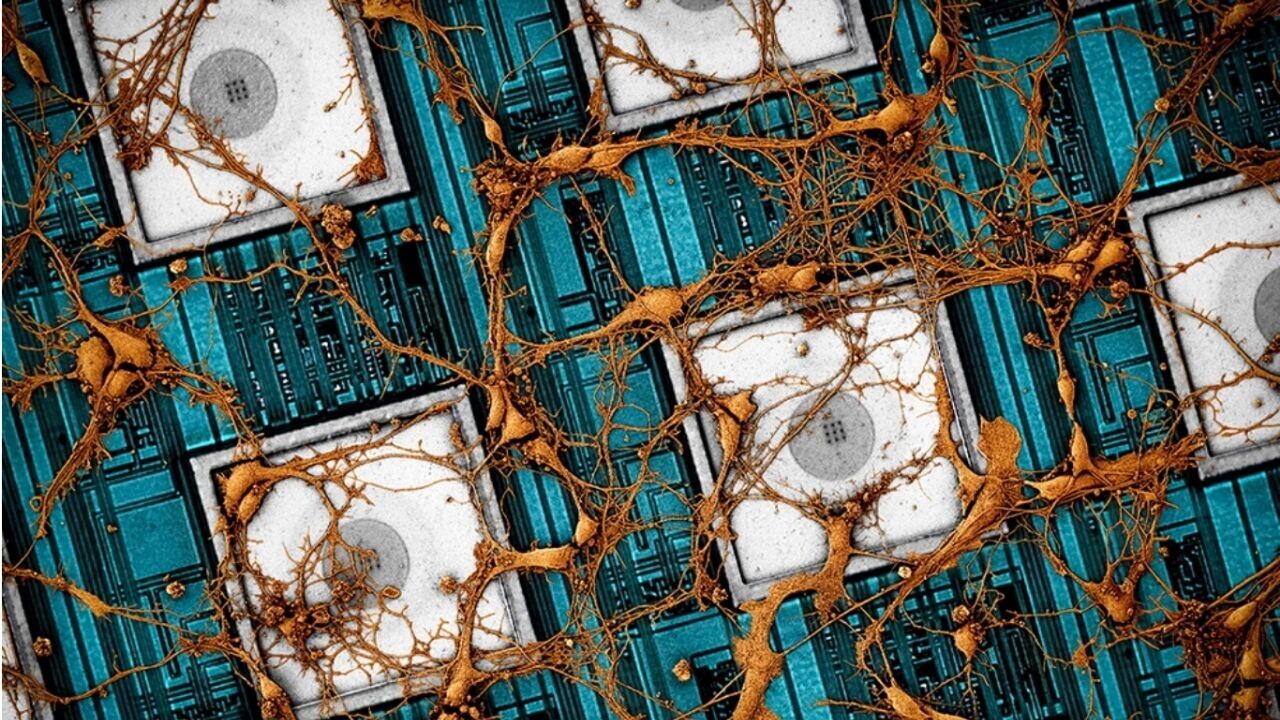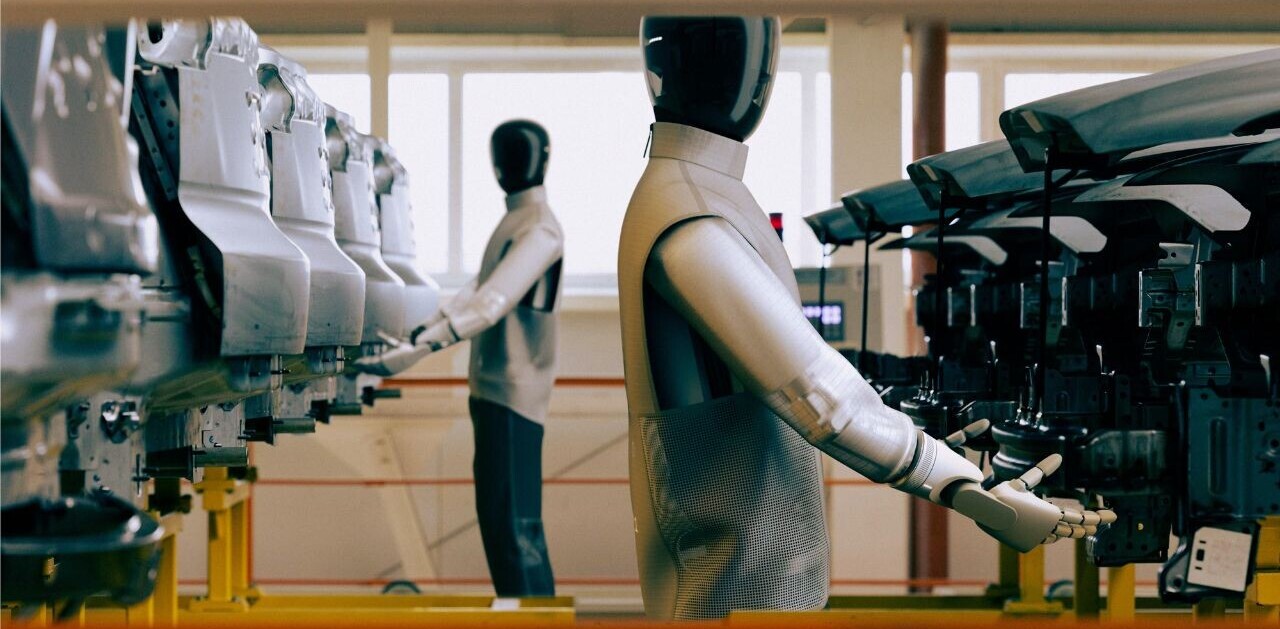
Did you know Neural is taking the stage on Sept 30 and Oct 1? Together with an amazing line-up of experts, we will explore the future of AI during TNW Conference 2021. Secure your ticket now!
Scientists from Samsung and Harvard University have unveiled a new approach to building smarter computer chips: “copying and pasting” the brain onto a memory network.
They propose copying the brain’s neuronal wiring map by using a novel nanoelectrode array to record electrical signals produced by neurons.
The extracted map would then be rapidly pasted onto a memory network. Per the study paper:
The essence of this vision is to ‘copy’ the functional synaptic connectivity map of a mammalian neuronal network using advanced neuroscience tools and then ‘paste’ this map onto a high-density three-dimensional network of solid-state memories.
The researchers claim that this could lead memory chips to better approximate the brain’s low power, facile learning, adaptation, and “even autonomy and cognition.”
They say their approach reflects the original aim of neuromorphic computing, which emulates the neural structure of the brain.
The field has more recently focused on designing chips “inspired” by nature. The researchers suggest returning to the goal of reverse-engineering the brain.
The idea, however, could be a long way from becoming a reality. The human brain has around 100 billion neurons and a thousand times more synaptic connections. That means a complete neuromorphic chip would require roughly 100 trillion memories.
Creating such a chip will be a massive challenge, but the researchers say it would push the boundaries of AI and semiconductor technology.
Greetings Humanoids! Did you know we have a newsletter all about AI? You can subscribe to it right here.
Get the TNW newsletter
Get the most important tech news in your inbox each week.




